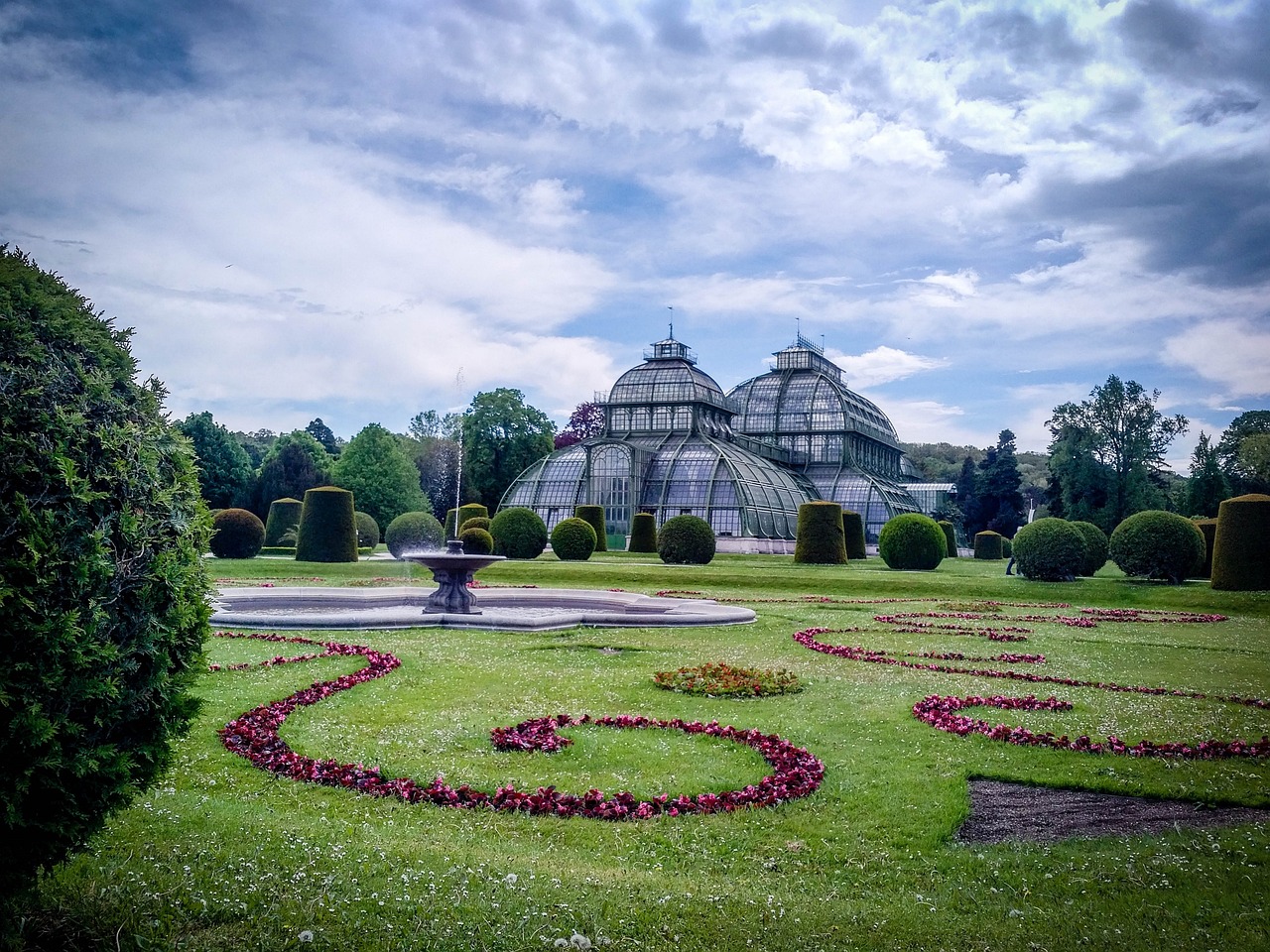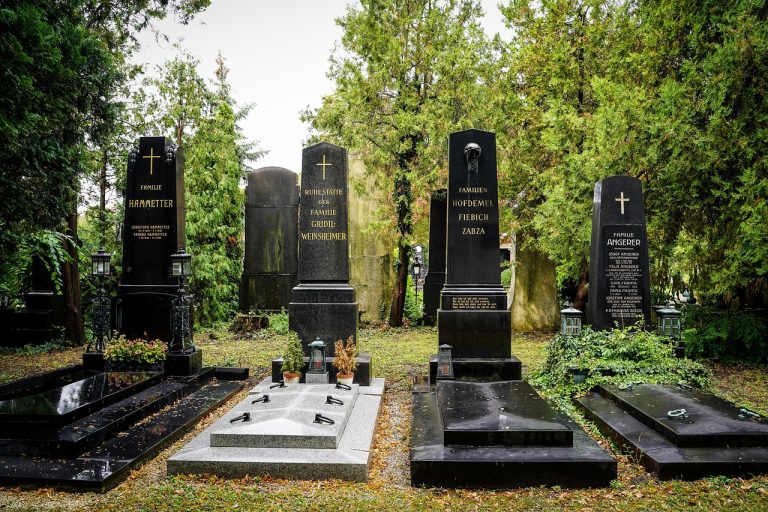Vienna Austria Video
Public Transportation in Vienna Austria: A Complete Guide
Vienna, the capital city of Austria, offers a comprehensive and efficient public transportation system that connects residents and visitors to various parts of the city. With a combination of trains, trams, buses, and subways, getting around Vienna is convenient and hassle-free. This guide will provide you with all the necessary information to navigate Vienna’s public transportation system effectively.
Transportation Passes and Tickets
Vienna offers a range of transportation passes and tickets to suit different travel needs. The most popular option is the Vienna City Card, which provides unlimited travel on all public transportation modes within the city for a specific duration. Other options include single tickets, day passes, and weekly passes, which can be purchased at ticket machines located at stations or through the Wiener Linien app.
- Single Ticket: Ideal for a one-way journey within Vienna.
- 24-Hour Ticket: Provides unlimited travel for 24 hours from the time of validation.
- Weekly Ticket: Valid for one week from the date of purchase and offers unlimited travel.
Vienna’s Subway System
Vienna’s subway system, known as the U-Bahn, is one of the most efficient ways to travel around the city. It consists of five lines (U1, U2, U3, U4, and U6) that cover different parts of Vienna. The subway operates from approximately 5:00 am until midnight, with extended hours on weekends and public holidays. The U-Bahn stations are well-connected and easily accessible, making it convenient to reach popular attractions and landmarks.
- U1: Connects the city center with the southern districts, including the famous Schönbrunn Palace.
- U2: Travels from the city center to the northeastern districts, passing by the Vienna Prater amusement park.
- U3: Runs from the city center to the southern districts, with stops near the Belvedere Palace.
- U4: Connects the city center with the western districts, including the popular Naschmarkt.
- U6: Connects the city center with the northern districts, passing by the Danube River.
Trams in Vienna
Vienna’s tram network is an iconic part of the city’s transportation system. The tram lines cover a wide area, including the city center and surrounding districts. Trams are a convenient way to explore Vienna while enjoying the scenic views. The tram network operates from early morning until midnight, with reduced frequencies during the night.
- Tram Line 1: Travels along the Ringstrasse, passing by major attractions such as the Vienna State Opera and Hofburg Palace.
- Tram Line 2: Offers a circular route around the city center, providing access to popular shopping streets.
- Tram Line D: Connects the city center with the famous Vienna Prater amusement park.
Bus Network
Vienna’s bus network complements the subway and tram systems, providing additional coverage to areas not serviced by rail. Buses operate throughout the city, including the outskirts and suburban areas. The bus network is particularly useful for reaching destinations outside the city center.
- Bus Line 13A: Circles the city center, passing by major landmarks and attractions.
- Bus Line 14A: Connects the city center with the picturesque district of Grinzing, known for its vineyards.
- Bus Line 48A: Provides transportation to the famous Vienna Woods and the historic Mayerling hunting lodge.
Vienna’s Train System
In addition to the subway, trams, and buses, Vienna has an extensive train system that connects the city with other parts of Austria and neighboring countries. The main train stations in Vienna are Wien Hauptbahnhof, Wien Westbahnhof, and Wien Meidling. From these stations, you can easily travel to popular destinations such as Salzburg, Graz, and Budapest.
- Wien Hauptbahnhof: Vienna’s main train station, serving both domestic and international routes.
- Wien Westbahnhof: A major train station with connections to western Austria, Germany, and Switzerland.
- Wien Meidling: Located in the southern part of Vienna, offering connections to southern Austria and Slovenia.
Vienna Austria Image 1

Vienna’s Bike-Sharing System
For those who prefer a more eco-friendly and active mode of transportation, Vienna offers a bike-sharing system called Citybike. With numerous bike stations located throughout the city, visitors can easily rent a bike and explore Vienna’s bike-friendly infrastructure. The first hour of bike rental is free, making it an affordable and enjoyable way to experience the city.
- Citybike: Vienna’s bike-sharing system, with over 120 bike stations across the city.
- Bike Paths: Vienna has an extensive network of bike paths, making it safe and convenient for cyclists.
- Popular Cycling Routes: The Danube Cycle Path and the Vienna Woods are popular routes for cycling enthusiasts.
Accessibility and Special Services
Vienna’s public transportation system is designed to be accessible for individuals with disabilities. All subway stations, trams, and buses are equipped with ramps and elevators for easy access. Additionally, priority seating is available for individuals with mobility impairments. Wiener Linien, the public transportation company, also offers special services such as audio announcements and tactile guide paths for visually impaired passengers.
- Accessibility Features: Ramps, elevators, and priority seating for individuals with disabilities.
- Audio Announcements: Announcements in subway stations and on trams and buses for visually impaired passengers.
- Tactile Guide Paths: Tactile paths to assist visually impaired passengers in navigating stations.
Vienna Austria Image 2

Tips for Using Public Transportation
To make the most of Vienna’s public transportation system, here are some helpful tips:
- Validate Your Ticket: Remember to validate your ticket before boarding or entering the subway platform.
- Keep Your Ticket Handy: Inspectors may conduct random checks, so always keep your ticket within reach.
- Plan Your Route: Use the Wiener Linien app or website to plan your route and check real-time schedules.
- Be Mindful of Rush Hour: Avoid traveling during peak hours if possible to minimize crowded conditions.
- Respect Priority Seating: Offer priority seating to individuals who need it, such as pregnant women, elderly, or disabled passengers.
Vienna Austria Image 3

References
– Wiener Linien: www.wienerlinien.at
– City of Vienna: www.wien.gv.at
– Vienna Tourist Board: www.wien.info







